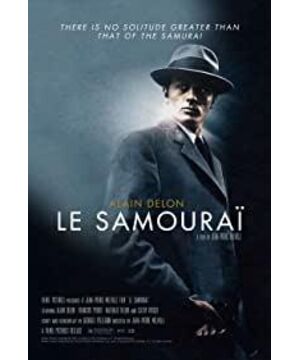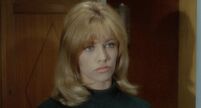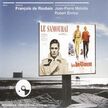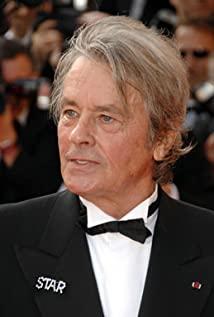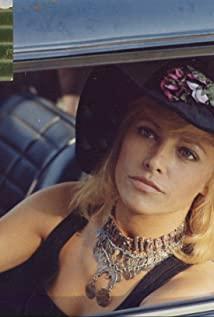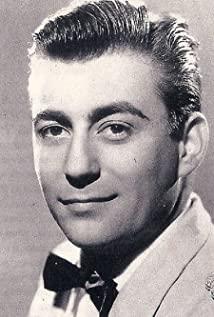At the end of 2017, I went to the cinema to watch "Lone Killer". That was the first time I watched a Jean-Pierre Melville movie. The tone of "Lone Killer" seems to be colder than the winter in Minneapolis. Alan Delon's profile depicts the loneliness deep in the bones.
Indeed, if I were to find a word to sum up the feeling of Melville's work, it would be "loneliness". DeLonghi is his best spokesperson on the big screen.
The first collaboration between the two was "Lone Killer." Earlier, Melville had just filmed "Second Breath." The cramped room symbolized the predicament, and the desolate road pointed to the fate with nowhere to escape. All the landscapes become the externalization of the inner world of the protagonist. No matter where he is, he will always be a lone traveler; such a theme was finally pushed to the extreme after Melville started the cooperation with DeLonghi. In comparison, Roger Duchesny in "Bob the Gambler", Jean-Paul Belmondo in "Eyeliner", and Lino Ventura in "Second Breath" all have A touch of intimacy. What Delong showed was an icy alienation.
I always think that it is one-sided to describe Delong just as "handsome." The presence of an actor on the screen is never defined only by the five senses. In my eyes, the key words of Delong's screen image are coldness and gloom.
DeLonghi became famous in Rene Clement's "The Dead in the Wrath". There are terrible ambitions and conspiracy hidden in the blue eyes like the sea. In the mid to late 1960s, that blatant speculation seemed to have disappeared from DeLong's temperament. What remained unchanged was the inner coldness, which became even more unfathomable because of the calmness.
If Lucino Visconti has created the most perfect Deron in "Brother Roco", then Melville has restored his true colors. A top hat, a windbreaker, this is Melville-style dress, but also DeLonghi's insulating cover in the city. He shuttles through the busy streets, does not try to understand others, nor does he expect others to understand himself.
As a result, the silence of cherishing words like gold replaced the dense lines of classic Hollywood crime films. "The Americans in Paris" Melville is making his own noir film after all. The silent opening of "The Lone Killer" and the suffocating jewellery shop robbery of "Red Circle" draws the protagonist away from the world, and only hesitates to circle the world for himself.
Here, Melville rejected all trials for his role. The narrative restraint and the tireless depiction of details allow the audience to focus on the event itself and abandon the standpoint of evaluating the characters.
When the "lone killer" rarely touched the true feelings and paid the price of his life for it, the boundary between good and evil was further blurred.
In Melville's posthumous work "Big Dawn", DeLong played the policeman. The emotional drama with Catherine Deneuve fully exposes the weakness of the human nature; what is shocking is that this situation is reminiscent of Delong and the female pianist in "The Lone Killer". The opposite characters of black and white have similar confusions. For a time, the audience never experienced the inner emotions of the protagonist; when the emotions burst, the protagonist ran toward self-destruction.
Melville himself could not help the characters under his lens to find a way out. He couldn't see them in front of him, and he was imprisoned in a lonely state like a bird in a cage. Melville's only recording and non-judgmental attitude seems to throw all the questions of the film to the audience. And Alan Delong, with his consistent coldness, answered silently.
View more about Le Samouraï reviews


